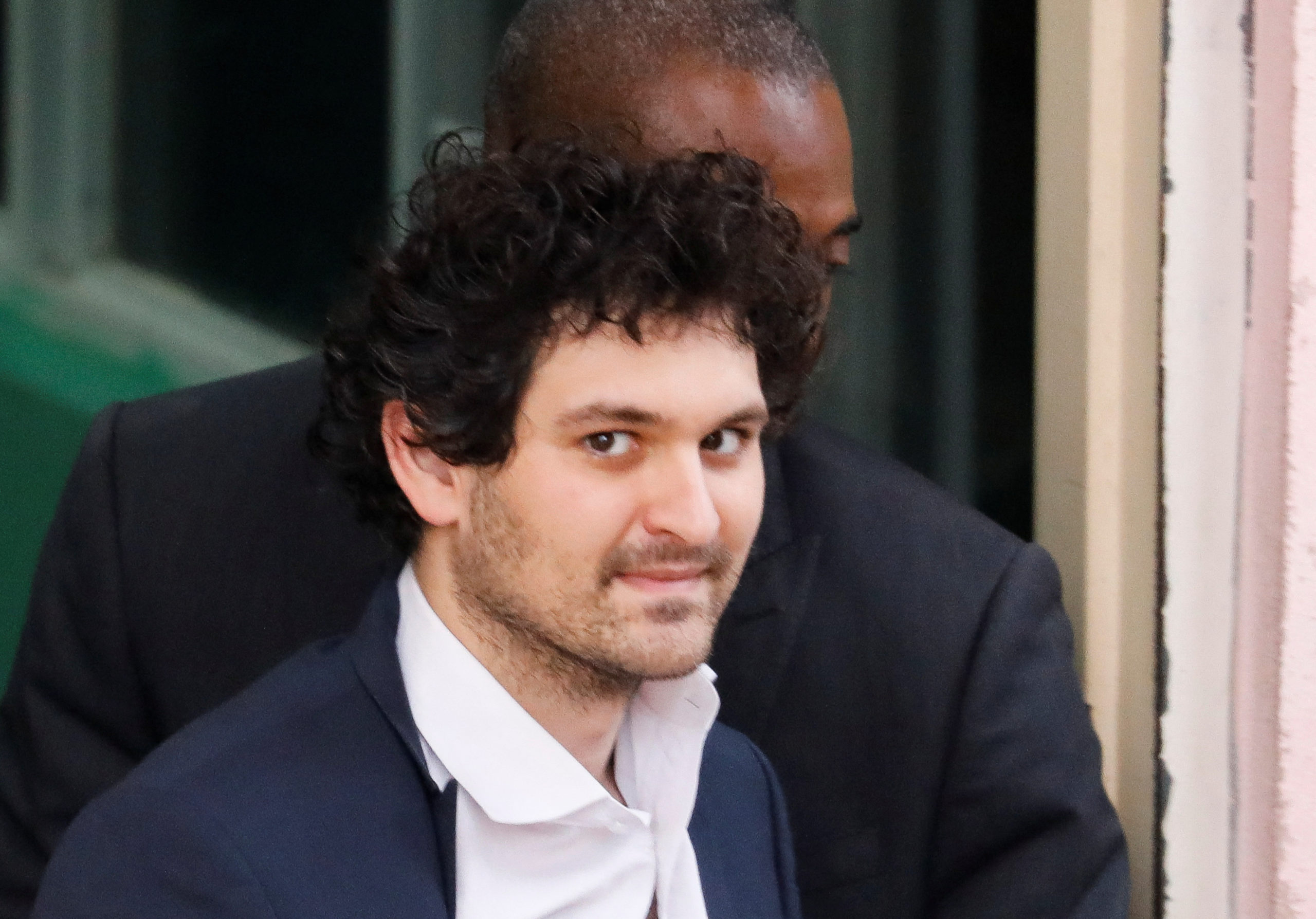
Sam Bankman-Fried, the founder and former CEO of crypto currency exchange FTX, is escorted out of the Magistrate Court building in Nassau, Bahamas, on December 21, 2022. REUTERS/Marco Bello
FTX founder Sam Bankman-Fried clinched a bail deal on Thursday, December 22, that would see him released on a $250 million bond secured against his parents’ property with restrictions on his movement.
Here is an explainer on how his deal stacks up and how bail works:
Was Bankman-Fried expected to get bail?
Defendants are presumed to be eligible for bail unless prosecutors can prove that no set of conditions could ensure that they would return to court. As Bankman-Fried was accused of a white collar, or financial, crime, it would have been surprising if he had not received bail.
How did Bankman-Fried secure bail?
Defendants secure bail by putting up enough of their own assets to cover a portion of their bond.
These so-called bond packages are mixes of assets that can include cash, real estate or anything else of value. They are often co-signed by family members who would be on the hook if a defendant flees.
READ: FTX’s Bankman-Fried charged with ‘epic’ fraud, released on $250 million bond
White collar defendants often have the means to put up bond packages, but defendants with limited assets will often use a bail bondsman.
Bankman-Fried’s bail was secured by his parents Joseph Bankman and Barbara Fried, who offered up their home in Palo Alto, California.
Does the bail amount mean Bankman-Fried or his family has $250 million?
No. In Bankman-Fried’s case, the $250 million bond is secured by his parents’ home. Since Bankman-Fried’s parents signed the bond agreement, they would be on the hook for $250 million if their son flees.
“They can take everything else,” said Michael Bachner, a New York criminal defense attorney. “They can go ahead and take the bank accounts, the IRA accounts, stock accounts.”
The $250 million bond does not reflect the family’s assets, which could not be determined. Bankman-Fried said in late November that he now had “close to nothing” left and is down to one working credit card with “maybe $100,000 in that bank account.”
Is this the largest bail in white collar history?
It’s certainly big. New York federal prosecutors have described Bankman-Fried’s alleged crimes and the collapse of his $32 billion crypto empire as one of the largest financial frauds in U.S. history. His bond package far exceeds some of the most notorious cases in that history.
“It’s the largest bond I’ve ever heard of in my history of doing bonds,” said Ira Judelson, a prominent New York bail bondsman who specializes in high-profile defendants.
READ: Bankman-Fried in US custody, two associates plead guilty to FTX fraud
Elizabeth Holmes, the founder of blood testing startup Theranos who was convicted of defrauding investors in January, was released after her 2018 arrest on a $500,000 bond after surrendering her passport.
The late financier Bernard Madoff, whose $65 billion Ponzi scheme was the largest in history, was released in 2008 on a $10 million bond after surrendering his passport and consenting to strict monitoring conditions and curfews.
Will Bankman-Fried be traveling abroad?
Defendants typically have to surrender their passports and wear monitoring devices.
Prosecutor Nicolas Roos told U.S. Magistrate Judge Gabriel Gorenstein that the bail package would require Bankman-Fried to surrender his passport and remain in home confinement at his parents’ Palo Alto home. He would also be required to undergo regular mental health treatment and evaluation.
How long could Bankman-Fried be out on bail?
A while. A trial in New York is likely more than a year away as prosecutors build their case and both sides spar over evidence.